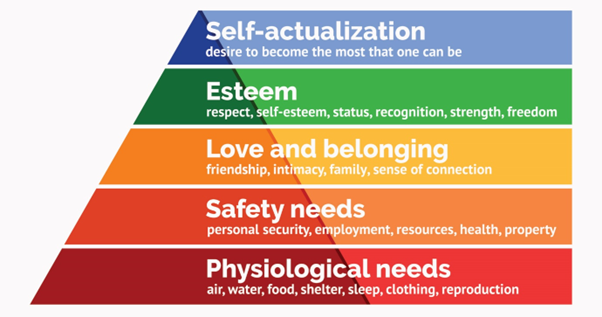
Maslow facts
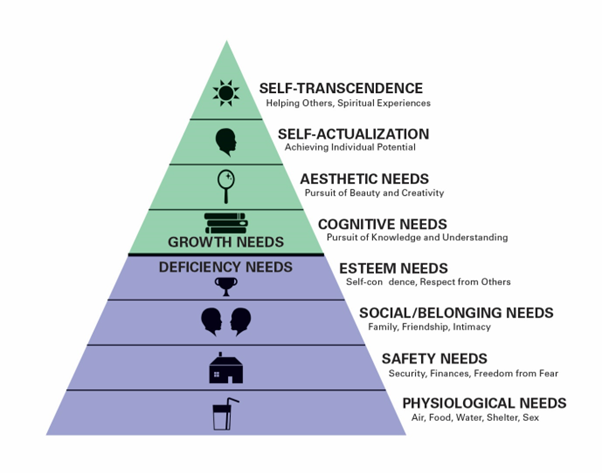
Why is Maslow important?
Maslow did not come up with the pyramid! I had no idea until I looked at this recently so I started looking at different ways to represent needs.
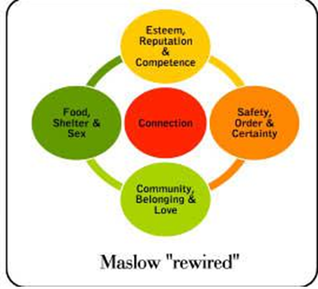
Questions
How do the diagrams differ from one another? Why do you think people have adapted his ideas? Which do you think is the most useful/ best representation? I have been left after writing this blog with more understanding of Maslow's Hierarchy and have found myself finding out more about the Siksika Nation. Hope you have found it interesting too. Further Reading/ Exploration Kaufman, SB (2020) Transcend: The New Science of Self-Actualization. Tarcher Perigee. https://www.psychologytoday.com/gb/blog/the-clarity/202106/using-maslows-hierarchy-needs-discover-what-motivates-you https://www.psychologytoday.com/gb/blog/positively-media/201111/social-networks-what-maslow-misses-0 Rutledge https://youtu.be/CF2c1q_OvdE An introduction to Maslow's Hierarchy of needs - Abraham Maslow by Counselling Tutor https://youtu.be/aRzejkbeH5s Rethinking Maslow's Hierarchy of Needs https://gatherfor.medium.com/maslow-got-it-wrong-ae45d6217a8c Could the Blackfoot Wisdom that Inspired Maslow Guide Us Now? By Teju Ravilochan (contributing editors: Vidya Ravilochan and Colette Kessler)
0 Comments
|
AuthorMy name is Caroline and I am a counsellor based in North Devon. Archives
May 2022
Categories |
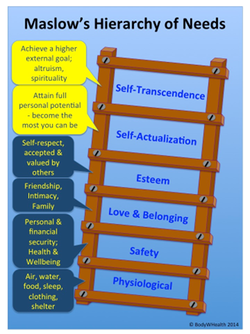
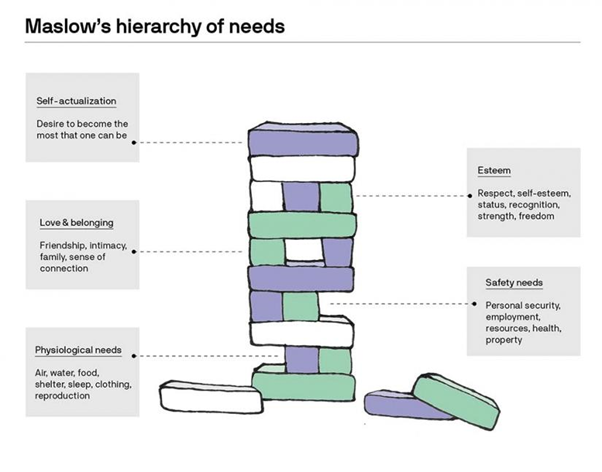
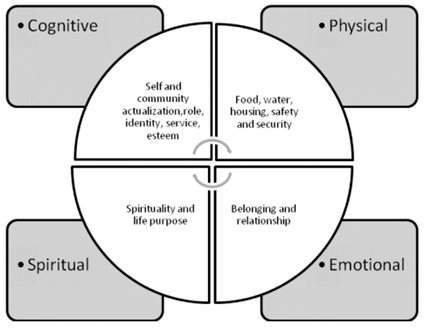
 RSS Feed
RSS Feed
